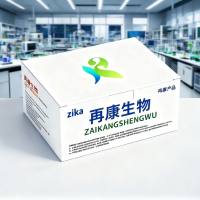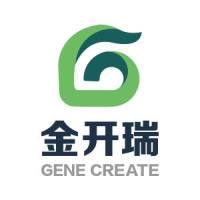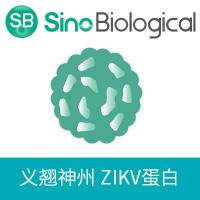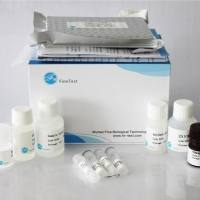Identification, Isolation, Characterization, and Banking of Human Dental Pulp Stem Cells
互联网
510
Dental pulp stem cells (DPSCs) can be found within the “cell rich zone” of the dental pulp. Their embryonic origin, from neural crests, explains their multipotency. Up to now, it has been demonstrated that these cells are capable of producing bone tissue, both in vitro and in vivo, as well as a simil-dentin tissue, in vitro. In addition, it has been reported that these cells differentiate into adipocytes, endotheliocytes, melanocytes, neurons, and glial cells and can be easily cryopreserved and stored for long periods of time and retain their multipotency and bone-producing capacity. Moreover, recent attention has been focused on tissue engineering and on the properties of these cells: several scaffolds have been used to promote 3D tissue formation and studies have demonstrated that DPSCs show good adherence and bone tissue formation on microconcavity surface textures. In addition, adult bone tissue with good vascularization has been obtained in grafts. Interestingly, they seem to possess immunoprivileges as they can be grafted into allogenic tissues and seem to exert anti-inflammatory abilities, like many other mesenchymal stem cells. Their recent use in clinical trials for bone repair enforces the notion that DPSCs can be used successfully in patients.
Therefore, their isolation, selection, differentiation, and banking are of great importance. The isolation technique used in most laboratories is based on the use of flow cytometry with cell sorter termed FACS (fluorescent activated cell sorter). It is now important to obtain new methods/protocols to select and isolate stem cells without staining by fluorescent markers or use of magnetic beads.
These new procedures should be based on biophysical differences among the different cell populations in order to obtain interesting peculiarities for implementation in biomedical/clinical laboratories. It is emphasized that the new methods must address simplicity and short times of preparation and use of samples, complete sterility of cells, the potential disposable, low cost and complete maintenance of the viability, and integrity of the cells with real-time response for subsequent applications in the biomedical/clinical/surgical fields.









